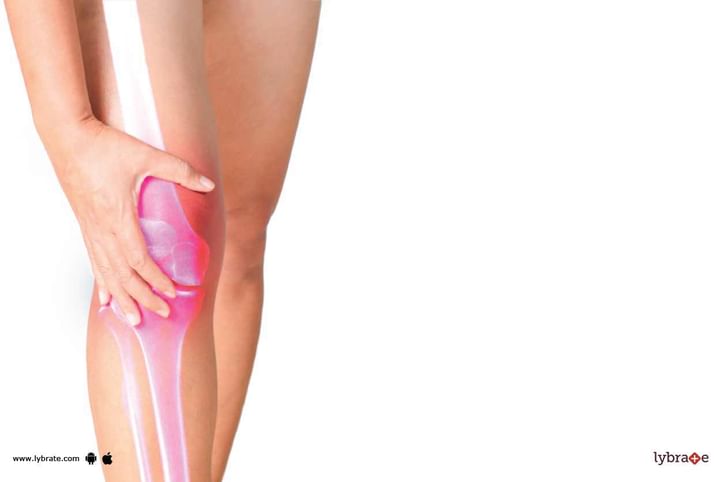High Tibial Osteotomy - What Is It?
In the elderlies, osteoarthritis is an everyday issue to some, while to others, it is an approaching one. To correct the condition, patients often undergo high tibial osteotomy (HTO), a surgical correction of various deformation - an inward angulation of the proximal end of a bone or a joint. In layman terms, the worn-down soft tissue at the end of joints are operated on.
How useful is the procedure?
Though an efficient way of limiting the damage, the HTO does not cure the osteoarthritis completely. In fact, osteoarthritis can never be completely cured and this can often last lifelong. But through medication and physiotherapy, the pain reduces to a considerable extent. Once a person turns 40, the chances of being diagnosed with an arthritic knee increase manifold and the condition is naturally more common in people above sixty years of age.
Statistics show that more than 15 million cases of osteoarthritis are filed in the world every year. In the 25-35 years age group, osteoarthritis ranks the second after diabetes. It is more prevalent among women, especially menopausal women. Although, men too suffer from osteoarthritis, the numbers are quiet less compared to women.
Causes behind the prevalence of the osteoarthritis
The leading causes behind the alarming rate of osteoarthritis globally, is the squatting position, growth in obesity rate, sedentary lifestyle and poor diet. Also, a high uric acid level can lead to osteoarthritis. Therefore, doctors do not advise squatting or cross-legged position. And if you are overweight, there is a 60% chance of the reformation of the disease. So there is a need to have consistent physical activity and regular exercise.
How does the procedure work?
The term Osteotomy means 'cutting the bone.' The high tibial osteotomy provides a biological repair of the mechanical axis, that gets shifted due to the disease. The upper shin bone (tibia) is wedged open to take the load off of the damaged knee, and a healthy tissue replaces it. But in reality, this type of osteotomy merely procrastinates the eventual replacement of the worn-down tissue, and in due course, the knee has to be partially or fully replaced. The patient’s stance does change for good even after the osteotomy.
While high tibial osteotomy does not stop the patient from indulging in rigorous physical activities, it does have its cons. Patients are not relieved of the pain, and more importantly, the rehabilitation process is more prolonged and hurtful than a total knee replacement. As a matter of fact, when a patient undergoes high tibial osteotomy, the chances of his/her undergoing a total knee replacement at some point gets more challenging.
Hence the process is suitable for patients who are not obese and below the age of sixty, since they will have a better chance of regaining knee strength after the osteotomy.
To avoid these complications and knee problems, it is always advisable to stay active, have regular exercise, healthy diet and ensure to get a good night sleep.



+1.svg)
